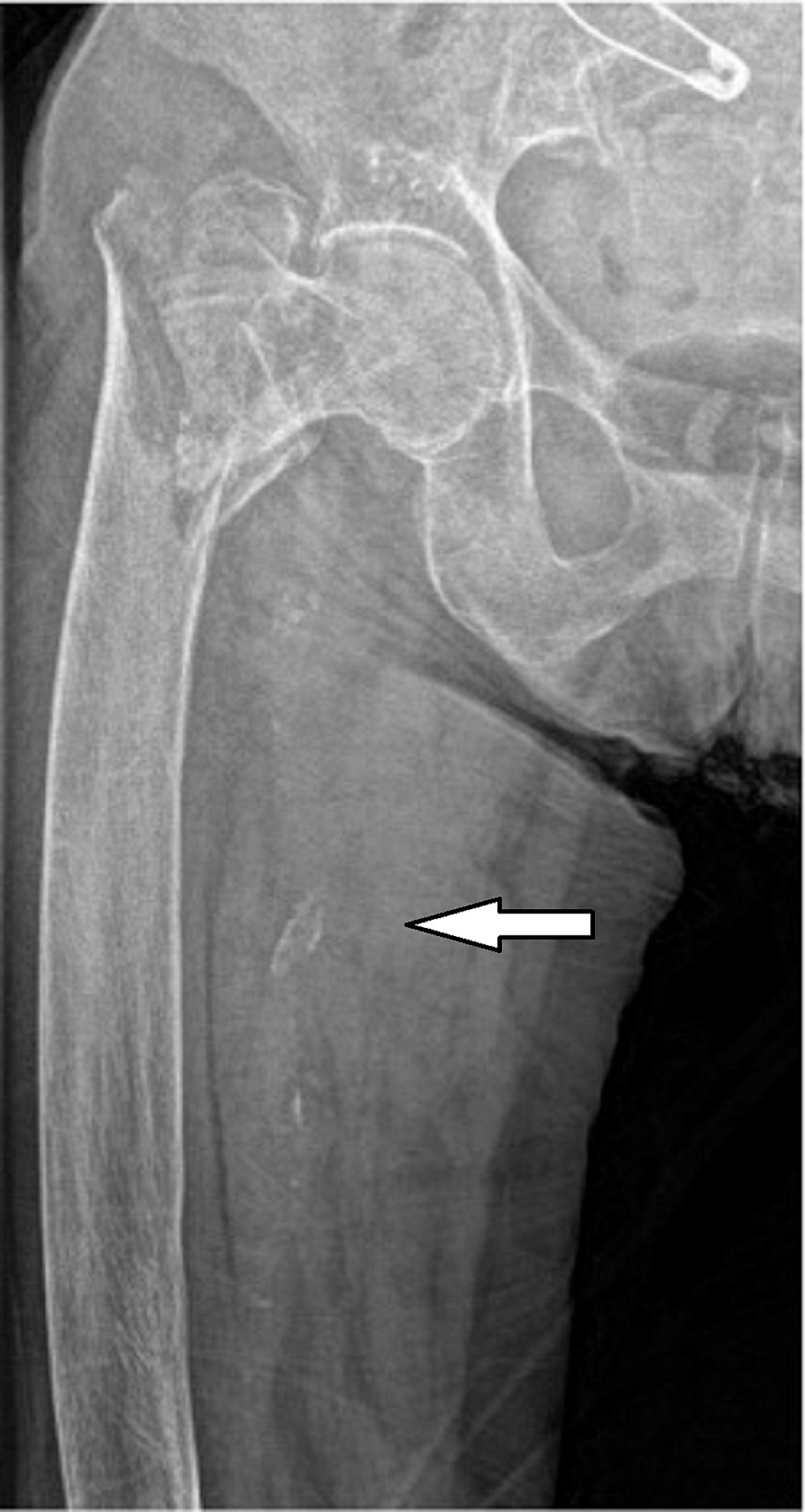

This supports the improvement of the described method over the conventional method. The result shows that carotid-femoral PWV data was significantly associated with increased carotid intima-media thickness and arterial plaque, but the brachial-ankle PWV data was not. Both data sets were subjected to the same logistic regression model, with age and gender adjusted. Data was collected from 2, 098 participants. Measurements taken with the described method were compared to brachial-ankle PWV measurements collected using the conventional approach. After recording a stable waveform for 15 to 20 seconds, manually stop the recording. Then, collect data with the tonometer, as before. Next, at the computer, change the mode to PWV. Once the quality and reproducibility of the tonometry measurements reach the standard, the signal recording will automatically stop. Now, keep a stable grip on the tonometer, so it stays perpendicular to the skin. This is where fluctuations are often most strong and stable. Next, to measure the central blood pressure, put the tonometer on the radial artery fluctuation point, one to two centimeters above the radial styloid process.
#FEMORAL PULSE PLUS#
Then, for the SSN-femoral distance, enter 0.8 times the carotid-to-femoral distance plus the SSN-carotid distance value. Then, enter a value, ideally zero, for the SSN-carotid distance. Next, determine the distance from the SSN to the proximal detection point, and then measure the distance between the two detection points.

Then, manually measure the distance from the SSN to the remote detection point.
#FEMORAL PULSE UPDATE#
Meanwhile, update the measurement device with the patient's information. Next, have the patient rest two minutes or longer, staying supine. Resting is essential to avoid excessive deviation. Peripheral vascular dilation caused by artery occlusion when measuring brachial artery blood pressure will change the brachial artery pulse transmission. Have the patient rest for at least five minutes, and then measure the patient's blood pressure with a semiautomatic oscillometric device.
#FEMORAL PULSE SKIN#
If, during the procedure, the patient's skin gets damp with sweat, wipe the skin dry. Position the three electrodes according to the diagram. Then, connect the three ECG leads to smooth, dry skin for an undisturbed ECG signal. Next, have the participant lie supine with their hands next to their body. Start with measuring the height and weight of the participant. The participant's cooperation is crucial, so explain the procedure well before gaining their consent.Ĭonduct this procedure in a quiet room with a stable ambient temperature. Make sure to practice this method before using it. The wave recording steps are difficult to learn because the tonometer must be correctly positioned over the artery fluctuation point. Visual demonstration of this method is critical. Though this method can provide insight into arterial stiffness, it can also be applied to other cardiovascular phenotypes, such as central blood pressure. The implications of this technique extend towards the therapy and diagnosis because pulse wave velocity values increased with arterial stiffening. A standard protocol is crucial to obtain an accurate value, especially when there are multiple operators. Carotid to femoral pulse wave velocity and pulse wave data is collected using a non-invasive evaluation. In conclusion, weak femoral artery pulses in dogs with MMVD seem to be associated with regional/local reductions in blood flow and not arteriosclerosis or platelet count.The overall goal of this non-invasive, tonometry-based procedure is to collect good quality carotid to femoral pulse wave velocity data from human patients. A weak femoral artery pulse reflected reduced artery diameter and/or distension rather than occlusion. Weak femoral artery pulses were not related to clinical signs or to decreased pulse pressure or stroke volume. Mitral valve prolapse severity, degree of obesity, heart rate and age all influenced femoral artery pulse strength negatively. In 26% of the dogs, a pulse ⩽50% of normal strength was detected six dogs (2.0%) had an absent pulse unilaterally or bilaterally. In addition, in 109 Cavalier King Charles Spaniels (of which 61 were included in the three substudies mentioned above), the relation between femoral artery pulse strength and presence of thrombocytopenia was investigated. In three substudies encompassing 247 dogs from two breeds predisposed to myxomatous mitral valve disease (MMVD), femoral artery pulse strength was palpated and related to potential explanatory factors, including quantitative echocardiographic measures of MMVD, aortic and femoral artery diameter and wall thickness and blood pressure.


 0 kommentar(er)
0 kommentar(er)
